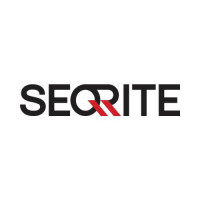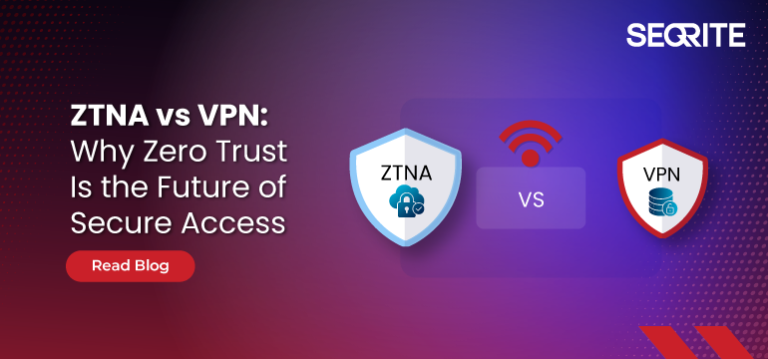How to Choose the Right ZTNA Solution for Your Business

Strong 8k brings an ultra-HD IPTV experience to your living room and your pocket.
As more companies move to hybrid work setups and shift their applications to the cloud, traditional security tools like VPNs are no longer enough. This has led to the rise of Zero Trust Network Access (ZTNA)—a modern security model based on the idea of "never trust, always verify.
With many ZTNA options on the market, picking the right one requires a clear understanding of your organization’s needs, deployment options, must-have features, and implementation costs.
1. Start with Your Organization’s Needs
Before selecting a ZTNA solution, take a close look at how your business operates. Is your team working remotely, on-site, or a mix of both? Your security solution should support safe access from any location without affecting employee productivity.
Also, consider whether third-party users—like contractors or vendors—need controlled access to your systems. This can help you decide between agent-based (requires software on the device) and agentless (browser-based) ZTNA solutions.
If your business handles sensitive or regulated data—such as in finance or healthcare—make sure the solution complies with standards like GDPR, HIPAA, or SOC 2. Integration with tools you already use—like IAM (Identity and Access Management), EDR (Endpoint Detection and Response), or SIEM (Security Information and Event Management)—is equally important. Smooth integration means easier management and better security.
2. Understand Deployment Options
There are two common types of ZTNA deployments:
Agent-Based (Service-Initiated): These require a small software agent installed on the user’s device. They provide fine-grained control, making them ideal for organizations using managed devices.
Agentless (Network-Initiated): These allow users to access apps through a web browser or portal without installing software. It’s a great fit for unmanaged devices and external users.
Some providers even offer hybrid models that combine both methods—giving you flexibility based on user roles or device types.
3. Key Features to Look For
A strong ZTNA solution should focus on identity-driven access. Look for features like:
Multi-Factor Authentication (MFA)
Continuous verification using user behavior analytics
Role-Based Access Control (RBAC) to ensure users only see what they need
Go for solutions that provide application-level controls rather than just network-level access. Context-aware policies that factor in device health, location, and time of access make your security posture even stronger.
Other important features include:
User-device binding for secure device association
Support for on-prem users
Compatibility with older identity providers (IdPs)
Session recording across different protocols for better monitoring
Integration also matters—your ZTNA tool should work well with SIEM, SOAR, and support API-based automation to reduce manual tasks. Don’t overlook user experience—features like Single Sign-On (SSO) and stable connectivity are essential for user adoption.
4. Think About Deployment and Cost
ZTNA solutions can be cloud-based, on-premises, or hybrid:
Cloud-based (SaaS) models are quick to set up and best for companies already in the cloud.
On-premises setups give more control but need more resources, making them suitable for industries with strict regulations.
Hybrid models offer the best of both worlds, supporting diverse IT environments.
Pricing varies: some providers charge per user, while others charge based on app access. Be sure to check for hidden costs like bandwidth usage or integration fees. Running a proof-of-concept (POC) can help you evaluate real-world performance and return on investment—such as reduced VPN dependency and better threat management.
Final Thoughts: Make the Right Choice
Choosing the best ZTNA solution starts with understanding your organization’s needs—how your team works, what data you handle, and your current tools. Then, explore which deployment model fits you best—agent-based, agentless, or hybrid.
Focus on security features that align with your operations without adding friction. And don’t forget to assess costs and ease of implementation.
A well-chosen ZTNA solution strengthens security, boosts productivity, and prepares your organization for a future without traditional network boundaries.
For a deeper dive into how to choose the right Zero Trust solution, check out this helpful Market Guide for Choosing the Right ZTNA Solution.
Note: IndiBlogHub features both user-submitted and editorial content. We do not verify third-party contributions. Read our Disclaimer and Privacy Policyfor details.







